We are back with the second part of the Tourist in Stuttgart article, where we will continue with the tourist attractions in the capital of the Baden-Württemberg region. If you didn’t manage to read the first part, you can click here.

Wilhelma is a botanical-zoological garden in the Bad Cannstatt area and one of the most visited zoos in Germany, with approximately one million visitors per year. It is the second largest zoo in the country, after the one in Berlin. Wilhelma houses around 11,500 animals from all over the world on an area of 30 hectares. In addition to animals, you can also admire 6,000 species of plants from all climatic zones of the world.
 At the main entrance there is a greenhouse with succulent plants (aloe, agave, desert roses, cacti), then the transition is made to the tropical garden (citrus, palms and ferns). Today, Wilhelma is home to 8,000 orchids of 976 species. There is also the Amazonian House opened in 2000 and it is represented by the Brazilian forest, where the temperature is between 24°C and 28°C and the humidity is 80%. The Amazon House includes 2,000 plants from 350 species, including bananas, cocoa trees and papayas. In addition to the plants, inside there are 50 free birds and a small terrarium with snakes specific to the area (boa, anaconda) and turtles.
At the main entrance there is a greenhouse with succulent plants (aloe, agave, desert roses, cacti), then the transition is made to the tropical garden (citrus, palms and ferns). Today, Wilhelma is home to 8,000 orchids of 976 species. There is also the Amazonian House opened in 2000 and it is represented by the Brazilian forest, where the temperature is between 24°C and 28°C and the humidity is 80%. The Amazon House includes 2,000 plants from 350 species, including bananas, cocoa trees and papayas. In addition to the plants, inside there are 50 free birds and a small terrarium with snakes specific to the area (boa, anaconda) and turtles.
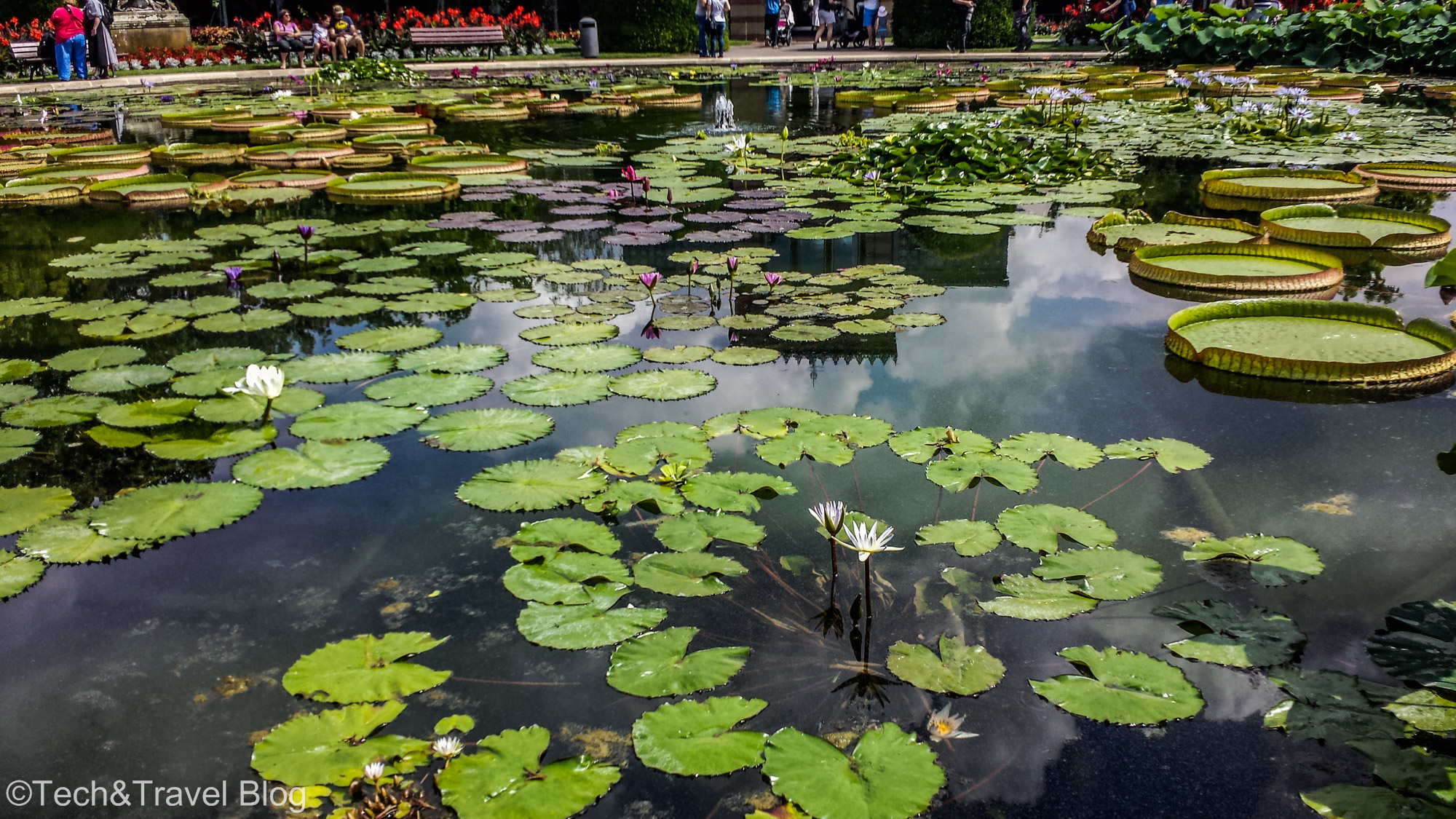
Inside the garden there are three ponds, the largest being used for the presentation of water lilies and the avenue lined with 70 magnolias of many varieties, chrysanthemums, tulips, daffodils, 50 wild species of hydrangeas or camellias. Over 10,000 unique species of flowers can be seen during the blooming season.

The price for visiting the garden is €16/adult and €8/student.

Neues Schloss and Schlossplatz. The Neues Schloss (New Palace) was built between 1746 and 1807 as a residence for the former dukes and kings of Württemberg. Together with Schlossplatz and Altes Schloss (Old Palace) it forms the urban center of the state capital. Today, the Ministry of Finance and the Ministry of Culture have their headquarters inside the palace. Some of the halls can only be visited during guided tours.
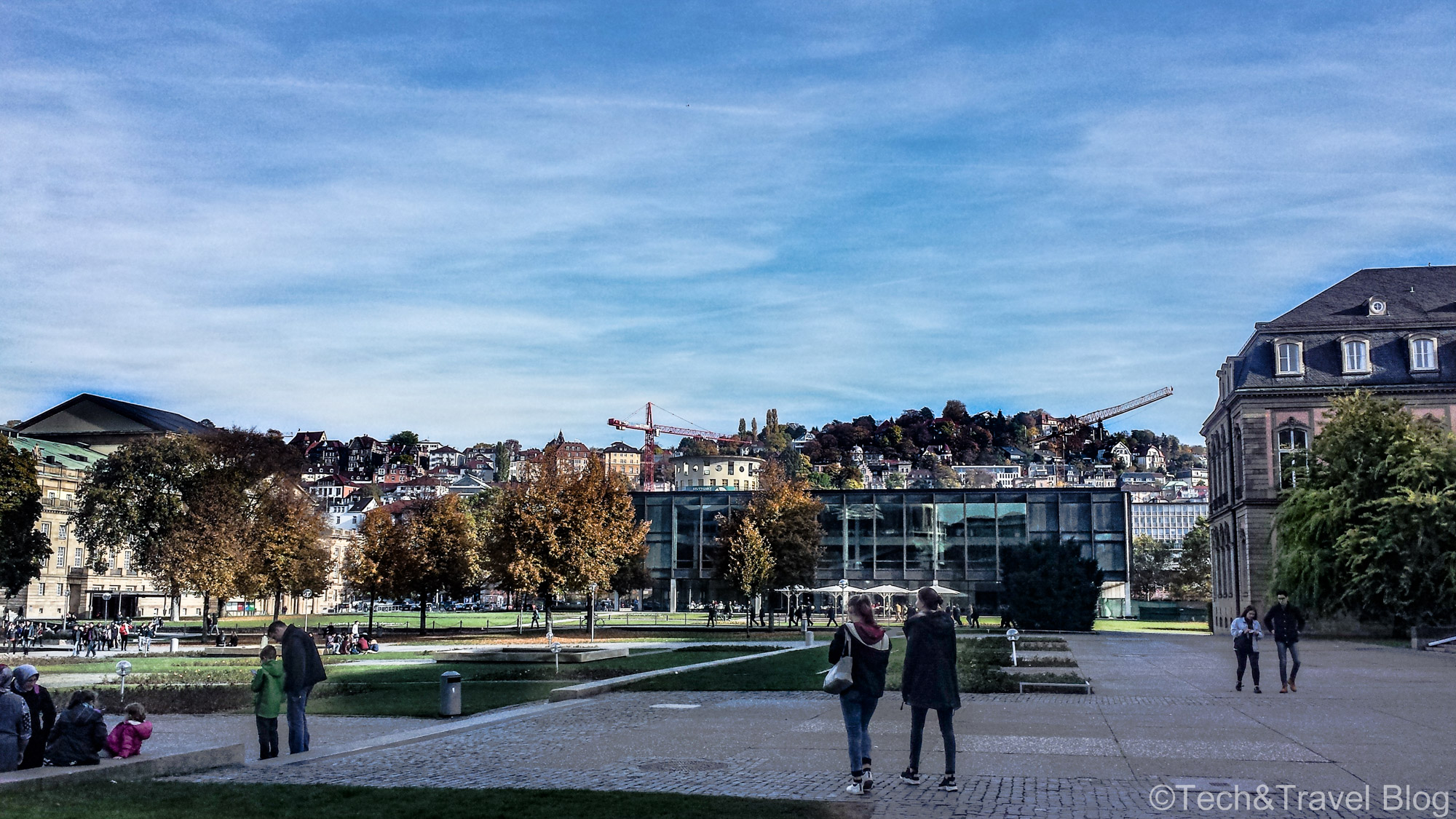
Schlossplatz is the heart of Stuttgart – with artesian fountains, pigeons and green alleys, the Palace Square is where the biggest events in the city are organized, and the rest of the time it is the relaxation area for the locals.
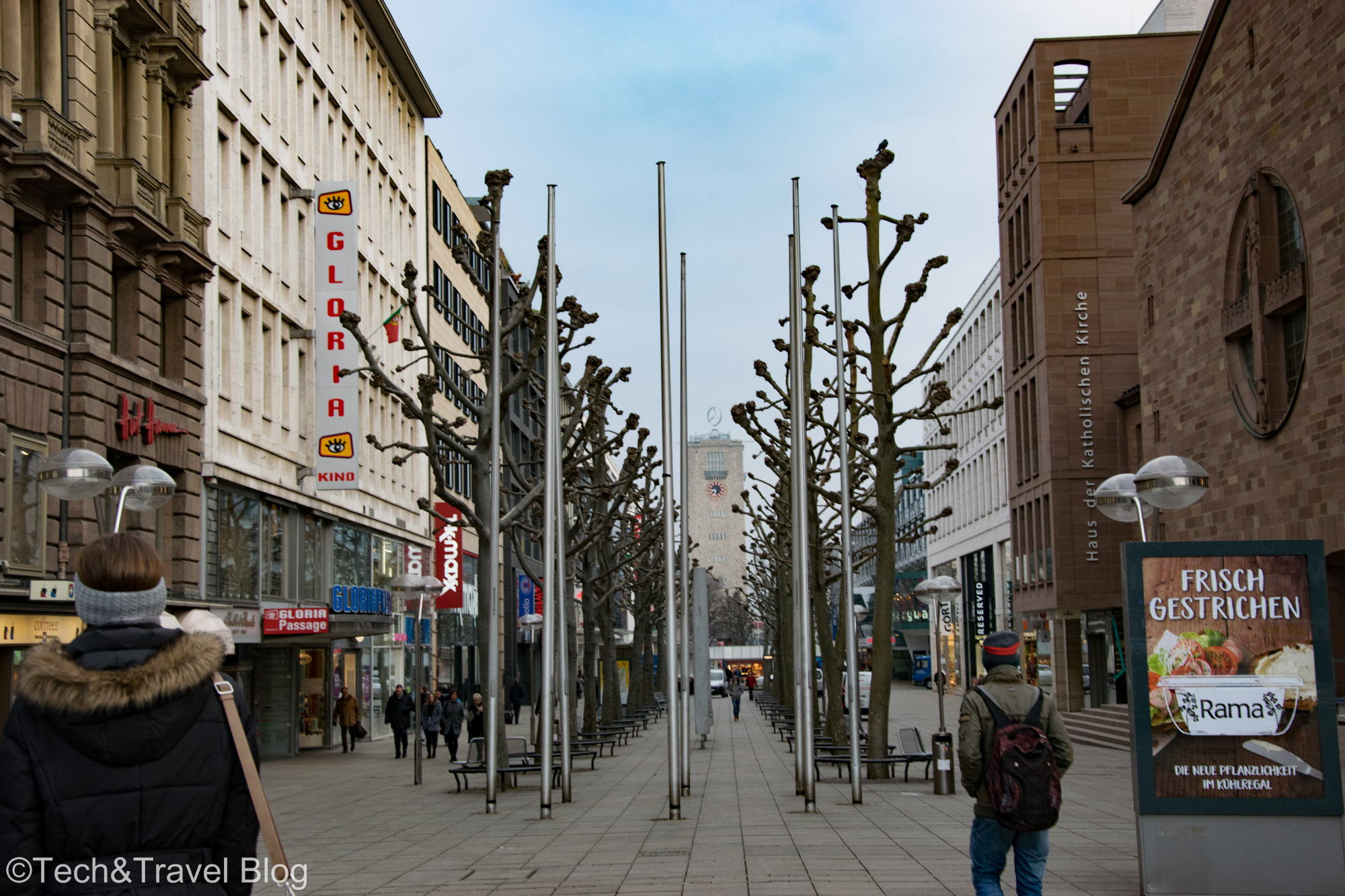
In the immediate vicinity is Königstraße (King’s Street) – Stuttgart‘s main shopping and pedestrian street. With a length of 1.2 km, Königstraße is one of Germany‘s busiest shopping streets, lined with clothing, shoe or furniture shops, cafes and terraces.

At the end of the street is the Central Station (Stuttgart Hauptbahnhof). The station tower was built between 1914 and 1928 and is 58 meters high, crowned by the Mercedes logo. You can climb the station tower without charging a fee, the visiting hours are: Tuesday, Wednesday, Friday 09:00 – 19:00, Thursday 10:00 – 21:00, Saturday, Sunday 10:00 – 18:00.
Right outside the station, on Königstraße, is the Tourist Information Center “i-Punkt” where you can ask for a map of the city or various information you need.

The Mercedes-Benz Museum is by far Stuttgart’s most visited museum – the birthplace of the modern automobile. The Mercedes Museum presents the evolution of the famous brand over time, from the first motor carriage to the present day.
The building was inaugurated on May 19, 2006 and is located directly at the gate of the Daimler AG factory and across the road from the Mercedes-Benz Arena in Neckarpark.

The museum is spread over 9 floors, includes 1450 exhibits, and the tour lasts around 4-5 hours. The ticket costs €10/adult, €5/student and free with StuttCard.

Esslingen am Neckar is the largest city in the district of Esslingen and is 10 km away from the center of Stuttgart. The town is crossed by the river Neckar in the SE-NW direction and has 93 hectares cultivated with 20 grape varieties, belonging to the Württemberg wine region. As we said in the previous article, the Stuttgart area is recognized for the wine grapes grown in the urban area, being among the 13 most important wine regions in Germany. If you manage to get to this area, you will definitely not regret taking a walk through the narrow streets of the city or participating in one of the festivals that take place in Esslingen.

Hohenheimer Gärten and Schloss Hohenheim are located in Plieningen , a suburb of Stuttgart. The Hohenheimer Gardens is a botanical garden used primarily for teaching purposes by the students of the Hohenheim University, but is open to all visitors at no charge.

Hohenheim Castle is surrounded by the Hohenheimer Gärten and was built between 1772 and 1793, on the orders of Duke Carl Eugen, for his wife Franziska Leutrum of Ertingen. In 1782, the Duke cultivated some rare plants, which can still be seen in the Exotic Garden. Today, the castle is mostly used by the University of Hohenheim. For those who want a moment of peace, the Hohenheimer Gardens are certainly the perfect place for a walk or recreation.
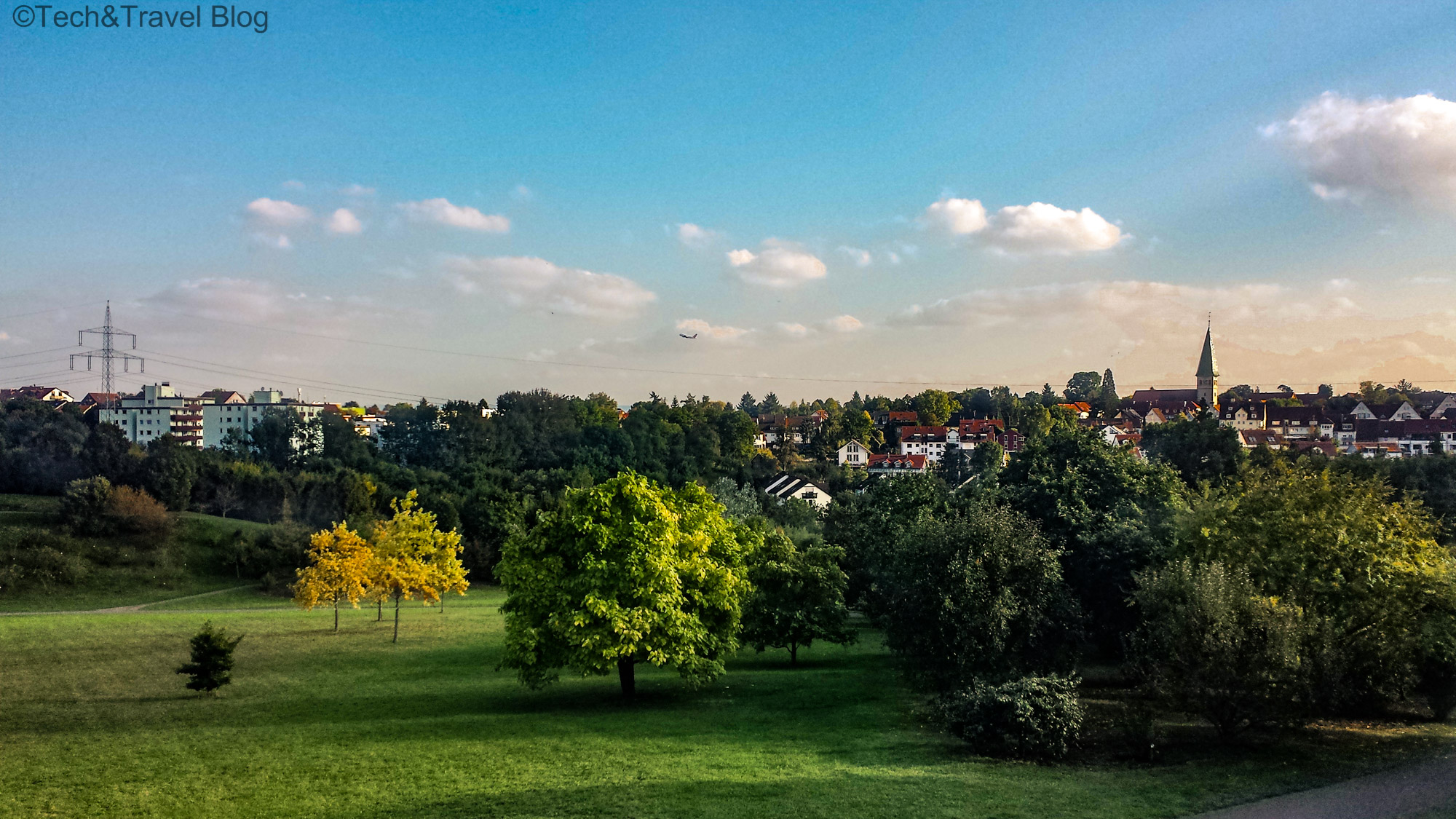
In our opinion, these are the most important tourist attractions that Stuttgart has , but they are not the only ones. Although it is not as popular and advertised as larger cities such as Cologne, Berlin or Frankfurt, it is worth allocating a few days to visit Stuttgart. You can read the first part by clicking here.
(Stuttgart – 2017)








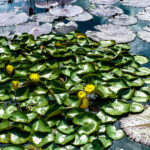
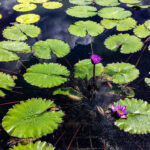

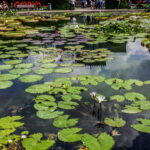

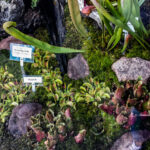




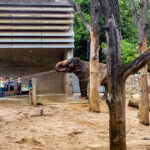


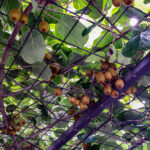
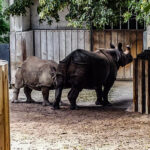
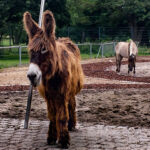




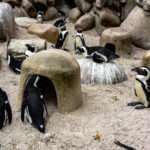






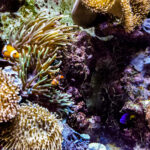



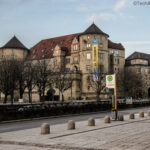






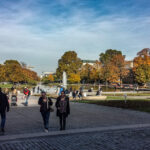
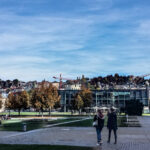

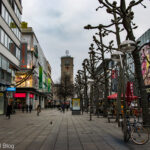





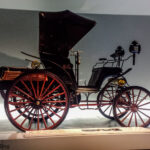



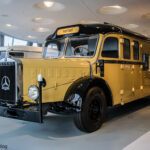








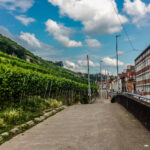

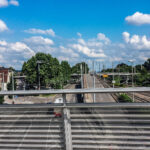


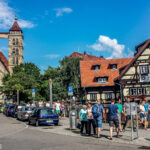







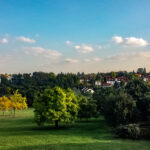
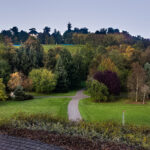
Leave a Reply